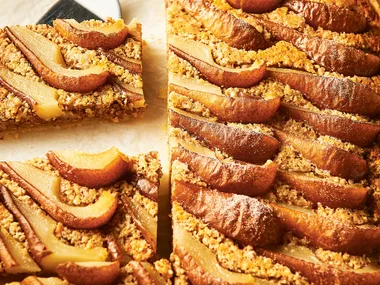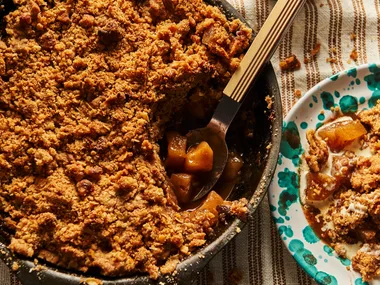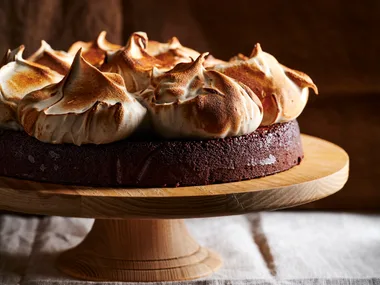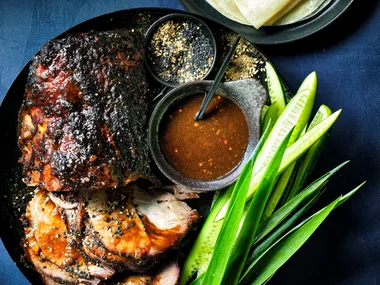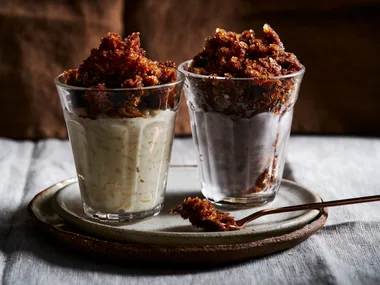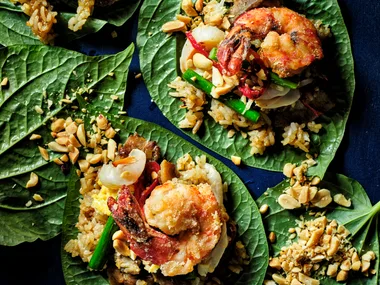It’s the latest trend to take the food world by storm, but if you’re still wondering “what is a grazing platter?” look no further than the next event you attend. You’re sure to find an irresistible, exaggerated spread of fresh seasonal produce – fruit, meats, cheeses, breads and all the trimmings that are not only a big step up from a classic cheese plate, they are a food evolution in terms of quality and quantity.
It’s easy to create your own grazing platter at home too – and it’ll get you out of the kitchen as you can prepare it all ahead – leaving you free to enjoy the company of your guests.
But there are a few key elements you need to get right to make it marvellous. We spoke to foodie founder of Home Cook Love Ali Wong for her expert advice on what you’re doing wrong and her solutions on how to nail the perfect grazing platter.
“It is the perfect combination of a little bit of everything.”
Ali Wong, Home Cook Love
1. Not preparing ahead of time
Preparation is the foundation of an irresistible grazing platter. “Consider the size of the board you want to fill as this will guide you on the ingredients and produce you would want to use,” says Ali. “Write down a list of all the ingredients so you don’t miss a thing. Cut up all your veggie sticks on the day and keep them in plastic containers with a little bit of water to keep them fresh.”
2. Not including fresh produce
“The freshness of the ingredients can make or break a great grazing platter,” Ali notes. “Buy in-season produce, fresh from a farmer’s market, deli or a fresh fruit and veggies market on the day or morning prior. Avoid pre-packaged meats such as prosciutto or salami. Ask for meats to be sliced as thinly as possible.”
3. Boring dips
Dips are a wonderful addition to your grazing platter for colour and texture but move away from the usual suspects. “If time isn’t on your side, or if a food processor isn’t at your disposal, there’s no wrong in buying pre-made dips,” says Ali but mix up the colours and flavours you’re including – beetroot, basil and cashew, roasted carrot and bean, hummus or a caramelised onion dip add a plethora of colour and texture. Decant the dips into matching or colourful containers dotted throughout the grazing platter for a rainbow of temptation.
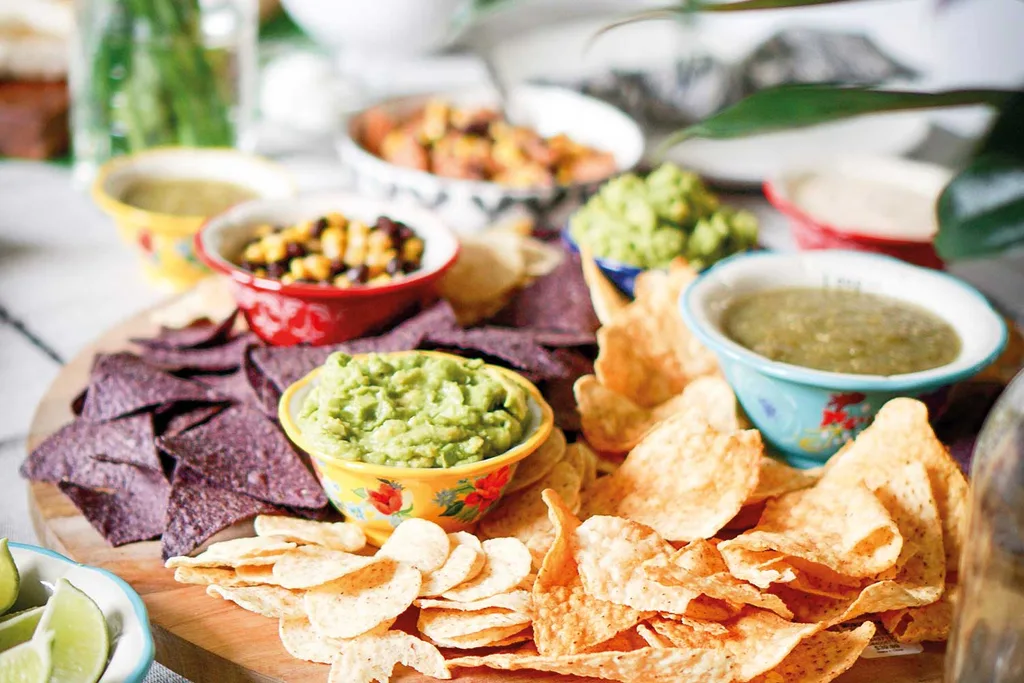
“Provide a variety of crackers, crispbread, or breadsticks to accompany your different cheeses”
Ali Wong, Home Cook Love
4. Not allowing cheese to come to room temperature
A little time taken ahead of your guests’ arrival will really pay off in the presentation and the palate. “It’s recommended to take cheeses out at least an hour before serving,” Ali suggests. “Lay a damp tea towel over the cheese for 2-3 hours to minimise drying out.”
5. Not buying and serving food in season
Buying food in season not only makes your grazing platter more affordable, serving food that’s at odds with the time of day and weather will create a disconnect all around. If your event is first thing in the morning, serve a generous platter of breakfast and brunch options – crunchy granola clusters, fresh and dried fruit, nuts by the handful and fruity yogurt dips and compotes. Mini quiches or savoury muffins are also a great addition as a hearty alternative to cheese.
“The time of day and seasons matter!” says Ali. “If it’s a sweltering Summer’s day, go with more fresh fruit and veggies. Cut back on cheeses and meats that can sweat in the heat. Load up on cheeses and meats in the cooler seasons.”
6. Lacklustre presentation
We eat with our eyes so the arrangement of your grazing platter will make or break the meal. Mix it up and consider spreading your grazing platter across a number of different boards running along the centre of your table. “Start with larger foods such as meats, cheeses and fruits,” says Ali. “Let your creativity take charge, and play with the assortment of shapes and sizes.”
“Balance the look of your platter by spreading ingredients around. This helps your guests access the variety of food from where they are.”
Ali’s top tips for arranging your grazing platter
- Different cheeses can be arranged in a wedge, or in a circular block
- Cold cuts can be rolled, fruits cut into different shapes
- Veggies angularly sliced to add visual appeal
- Pile your ingredients up instead of spacing them out
- Don’t leave any gaps
- Use lots of chopped veggies as ‘fillers’
- Sprinkle smaller ingredients such as nuts and berries throughout
You might also like:
5 fabulous ways to drink Prosecco you hadn’t thought of
7 steps to creating the perfect cheese board
For more tips on entertaining listen to The Daily Home Edit podcast below:
 Brooke Lark on Unsplash
Brooke Lark on Unsplash

